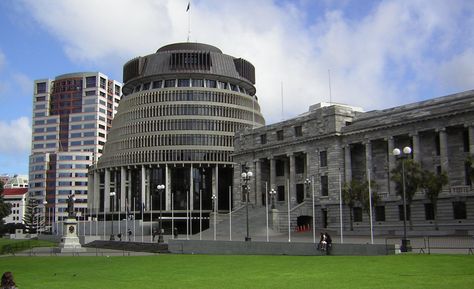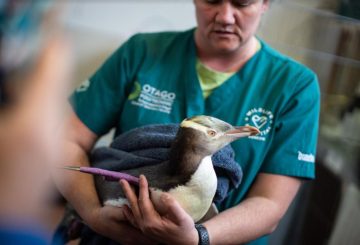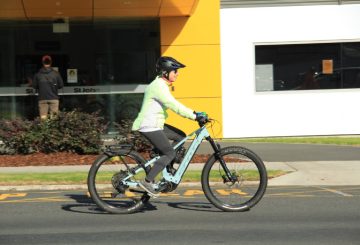Habang papalapit ang halalan ng New Zealand, ang mga partidong pampulitika ay nakikipaglaban sa mga hamon ng pagbuo ng isang matatag na pamahalaan. Ang pag-asa ng mga partido ng Pambansa at ACT na magkasama na pamamahala ay bumababa, na humahantong sa pagtaas ng mga alalahanin tungkol sa pagsasama ng New Zealand First sa alyansa.
Ang mga kamakailang botohan ay nagpapakita ng lumalaking momentum para sa New Zealand First, habang ang katanyagan ng ACT ay tumatagal ng hit. Ang botohan ng National ay bumaba sa ibaba ng 40 porsyento na marka, binabawasan ang impluwensya nito sa mga potensyal na negosasyon.
Si Christopher Luxon, ang pinuno ng Pambansang, ay nag-atubiling binuksan ang pintuan para sa pakikipagsosyo kay Winston Peters ng New Zealand First. Ang pag-aalangan ay humantong sa mga kampanya na hinihimok ang mga botante na ibalik ang National at ACT upang maiwasan ang pag-asa sa New Zealand First. Ang pinuno ng ACT, si David Seymour, ay tumawag kamakailan para sa suporta, na binibigyang diin ang pangangailangan para sa isang matatag na pamahalaan. Ang dating National PM na si Sir John Key ay nagpahayag din ng mga alalahanin tungkol sa isang hindi malinaw na resulta ng halalan.
Habang nagkaroon ng mga pag-aaway sa patakaran sa pagitan ng National at ACT, nagbabahagi sila ng sapat na mga layunin upang bumuo ng isang pamahalaan kung makamit nila ang mga numero. Sa kabila ng interes ng New Zealand First na hindi kasama ang Labor mula sa kapangyarihan, ang pagbuo ng pakikipagsosyo sa Luxon at Seymour ay nananatiling isang hamon.
Gayunpaman, si Peters ay nananatiling maasahin sa mabuti, na nagsasabi na ang mga partido ay magtutulungan pagkatapos ng halalan para sa kapakinabangan ng bansa. Ngunit ang mga tensyon ay maliwanag, lalo na sa pagitan ng Peters at Seymour, higit na kumplikado sa pamamagitan ng mga isyu tulad ng pagbabawal ng dayuhang mamimili at edad ng pagreretiro.
Pagdaragdag sa halo, hinahangad ni Peters ang kalinawan sa mga plano sa buwis ng National, na nakasalalay sa pag-aangat ng kasalukuyang pagbabawal sa mga pagbili ng dayuhang ari-arian para sa mga tahanan na higit sa $2 milyon. Ang panukalang ito ay nahaharap sa pagpuna, kapansin-pansin mula sa New Zealand First ni Shane Jones.
Sa ilang araw lamang na natitira para sa halalan, ang mga hamon ay hindi limitado sa kanan. Kailangang i-pause ni Chris Hipkins ng Labor ang kanyang kampanya dahil sa isang positibong pagsubok sa Covid, na nagpapatuloy sa isang makabuluhang hamon sa mga natitirang araw ng kampanya. Ang mga isyu sa panloob na partido, kabilang ang mga halo-halong mensahe sa isang buwis sa kayamanan, ay nagpapahiwatig din sa pakikibaka ng
Ang mga resulta ng halalan ay inaasahang magiging mahirap, na may mga negosasyong koalisyon na nakatakda upang mangibabaw sa pampulitikang tanawin
.






























































